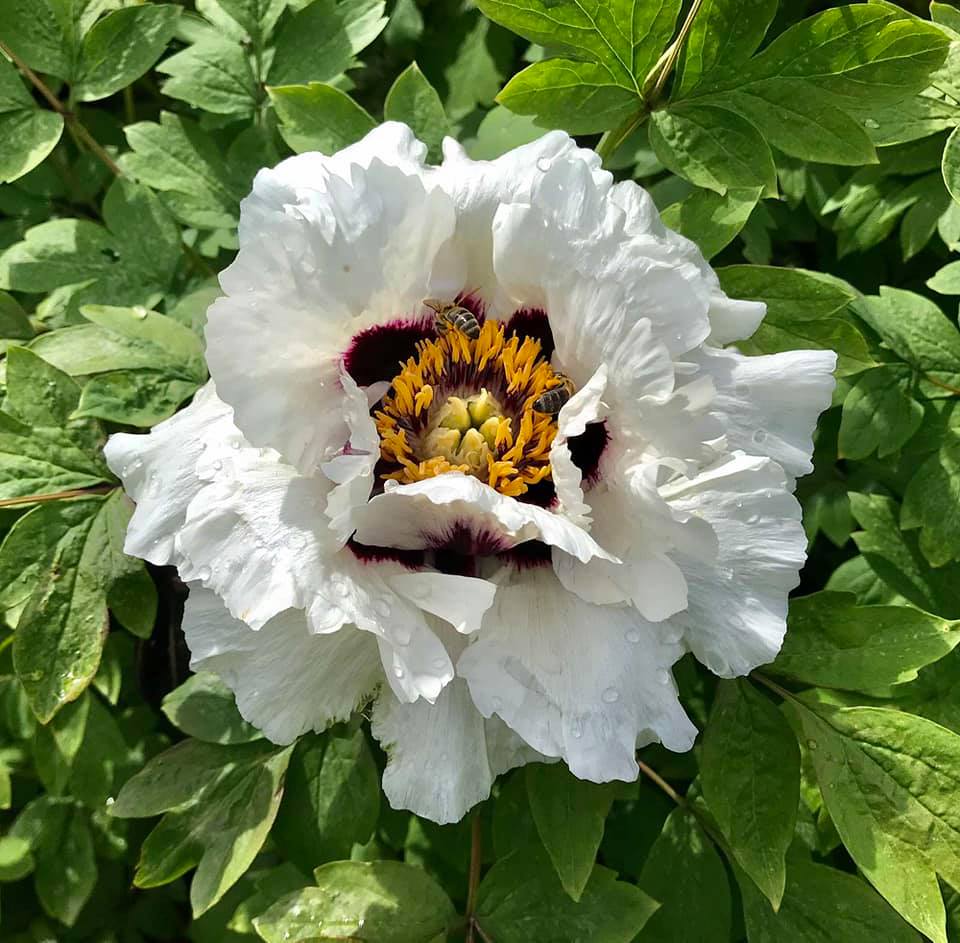Flowers are nature’s exquisite creations, and capturing their beauty through photography is a rewarding and enchanting endeavor. To ensure that your flower photographs truly shine, it is crucial to select the optimal settings for your camera. In this article, we will explore various factors that can enhance your flower photography and guide you towards creating stunning floral images.
Lighting
The right lighting can make or break a flower photograph. Natural light is generally preferred for capturing the true colors and delicate details of flowers.
Consider shooting during the golden hours of sunrise or sunset when the light is soft and warm. Position the flower in a way that allows the light to gently illuminate its features, creating a sense of depth and dimension.
Background
The background plays a crucial role in showcasing the flower as the focal point. Opt for clean and uncluttered backgrounds that don’t distract from the main subject.
Experiment with different colors and textures to complement the flower’s hues and add visual interest. Utilizing a shallow depth of field and creating a pleasing bokeh effect can further isolate the flower and make it stand out against the background.
By the way, one of the most trendy ways to grow flowers is hydroponics. We have selected some of the best hydroponic systems for you on this page.
Composition
Applying compositional techniques can transform an ordinary flower photograph into a captivating work of art. The rule of thirds is a fundamental principle that suggests placing the flower off-center for a more visually appealing composition.
Experiment with framing techniques to add depth and context to your images. Don’t be afraid to explore different angles and perspectives to discover unique and compelling viewpoints.
Depth of Field
Controlling the depth of field is essential in flower photography. By adjusting the aperture settings, you can create either a shallow depth of field with a blurred background or a deep depth of field that keeps the entire flower in focus.
Consider the specific details you want to highlight and choose the appropriate aperture setting accordingly. Ensure precise focusing to capture the intricate textures and patterns of the flower.
Equipment
While a professional camera and lenses are not a necessity, having the right equipment can significantly enhance your flower photography. Invest in a camera that offers manual control options, allowing you to adjust settings according to your creative vision.
Macro lenses are particularly well-suited for capturing the intricate details of flowers. Additionally, tripods and other accessories can provide stability and prevent camera shake, especially in low-light conditions.
Camera Settings
Understanding and utilizing the various camera settings is key to achieving exceptional flower photographs. Experiment with different shooting modes to have control over exposure and depth of field. Adjust the ISO to strike a balance between image quality and noise reduction. Set the white balance to accurately reproduce the colors of the flowers, ensuring that they appear vibrant and true to life.
Post-Processing
Post-processing can elevate your flower photographs to new heights. Basic adjustments such as cropping, exposure correction, and color enhancement can fine-tune the image. Software tools can be employed to remove distractions or imperfections, enhancing the overall composition.
Additionally, feel free to explore creative editing techniques to add artistic effects that accentuate the beauty of the flowers.
Tips and Techniques
Patience and observation are invaluable when photographing flowers. Wait for the perfect moment when the lighting conditions and the flower’s natural elements align harmoniously.
Macro photography allows for captivating close-ups, unveiling the intricacies of the flower’s structure. Embrace the diversity of flower types and varieties, experiment with different species, and capture their unique characteristics.
Is a 50mm lens good for flower photography?
Yes, a 50mm lens can be a good option for flower photography. Here are some reasons why:
- Versatility: A 50mm lens is often referred to as a standard or normal lens because it closely mimics the field of view of the human eye. This makes it versatile for various types of photography, including flowers.
- Natural Perspective: The 50mm focal length produces a natural perspective, meaning that the resulting image closely resembles what you see with your own eyes. This can be advantageous for capturing the intricate details and textures of flowers in a realistic and pleasing manner.
- Wide Aperture: Many 50mm lenses have wide maximum apertures, such as f/1.8 or f/1.4, which allow for shallow depth of field effects. This enables you to blur the background and draw attention to the flower itself, creating a beautiful separation between the subject and its surroundings.
- Portability: 50mm lenses are typically compact and lightweight, making them easy to carry and handle. This can be beneficial when photographing flowers outdoors or when you want to move around to explore different compositions.
Conclusion
By carefully considering the lighting, background, composition, depth of field, equipment, camera settings, and post-processing techniques, you can capture the essence of flowers in all their splendor. Remember, practice and experimentation are key to refining your flower photography skills.

